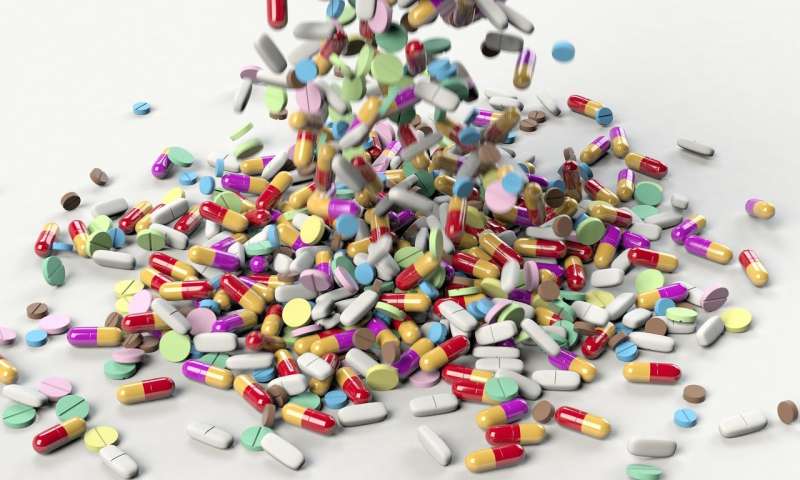This article has been reviewed according to Science X's editorial process and policies. Editors have highlighted the following attributes while ensuring the content's credibility:
fact-checked
peer-reviewed publication
trusted source
proofread
Significant proportion of cancer drugs lack proof of added benefit, finds study

Many cancer drugs approved by the European Medicines Agency (EMA) between 1995 and 2020 lack proof of added benefit, particularly those approved through expedited ("fast track") pathways, finds a study published by The BMJ.
Despite pharmaceutical industry claims that high drug prices are needed to offset research and development (R&D) costs, the results show that more than half of these drugs, including those with minimal or no added benefit, recover R&D expenses within three years. As such, the researchers call for better alignment between regulatory and reimbursement processes, particularly for drugs approved through expedited pathways, to promote development of the most effective drugs for patients with the greatest needs.
Global spending for oncology drugs is projected to rise from $167 billion in 2020 to $269 billion in 2025. What's more, an increasing number of oncology drugs are approved on less robust evidence, raising concerns about misalignment of incentives in the pharmaceutical market with patient interests.
To explore this further, researchers based in the Netherlands used ratings from four health technology assessment agencies, two medical oncology societies, and a drug bulletin to assess the added benefit of oncology drugs approved by the EMA between 1995 and 2020. They also compared global drug revenues from publicly available financial reports from pharmaceutical companies with previously published estimates of R&D expenses.
Differences in added benefit and/or revenues were analyzed across various EMA approval pathways—standard marketing authorization (SMA), conditional marketing authorization (CMA), and authorization under exceptional circumstances (AEC).
Of the 458 added benefit ratings identified, 59 (13%) were classified as major added benefit, 107 (23%) as substantial added benefit, 103 (23%) as minor added benefit, and 189 (41%) as negative or non-quantifiable added benefit.
Compared with drugs approved under the standard pathway (SMAs), both CMAs alone and in combination with AECs were more likely to receive a negative or non-quantifiable added benefit rating.
Drug revenues generally increased in line with added benefit, and although CMAs generated lower revenues and took longer to offset R&D expenses than SMAs, more than half of these drugs, even those lacking proof of added benefits, managed to recover the median R&D costs of $684 million within three years.
Almost all (91%) of the included drugs had recovered R&D costs within eight years.
These are observational findings and the researchers point to limitations, such as not considering patient population sizes or the potential effect of drugs used for more than one indication, and using generalized estimates of R&D costs. Nevertheless, they say this study highlights the complexities in incentivizing the development of drugs that address critical unmet medical needs.
"This underscores the need for better alignment between regulatory and reimbursement processes, particularly for drugs approved through expedited pathways," they write. "These findings could inform policy initiatives in the field of drug regulation and reimbursement, contributing to equitable and sustainable patient access to innovative treatments."
More information: Added benefit and revenues of oncology drugs approved by the European Medicines Agency between 1995 and 2020: retrospective cohort study, The BMJ (2024). DOI: 10.1136/bmj-2023-077391

















